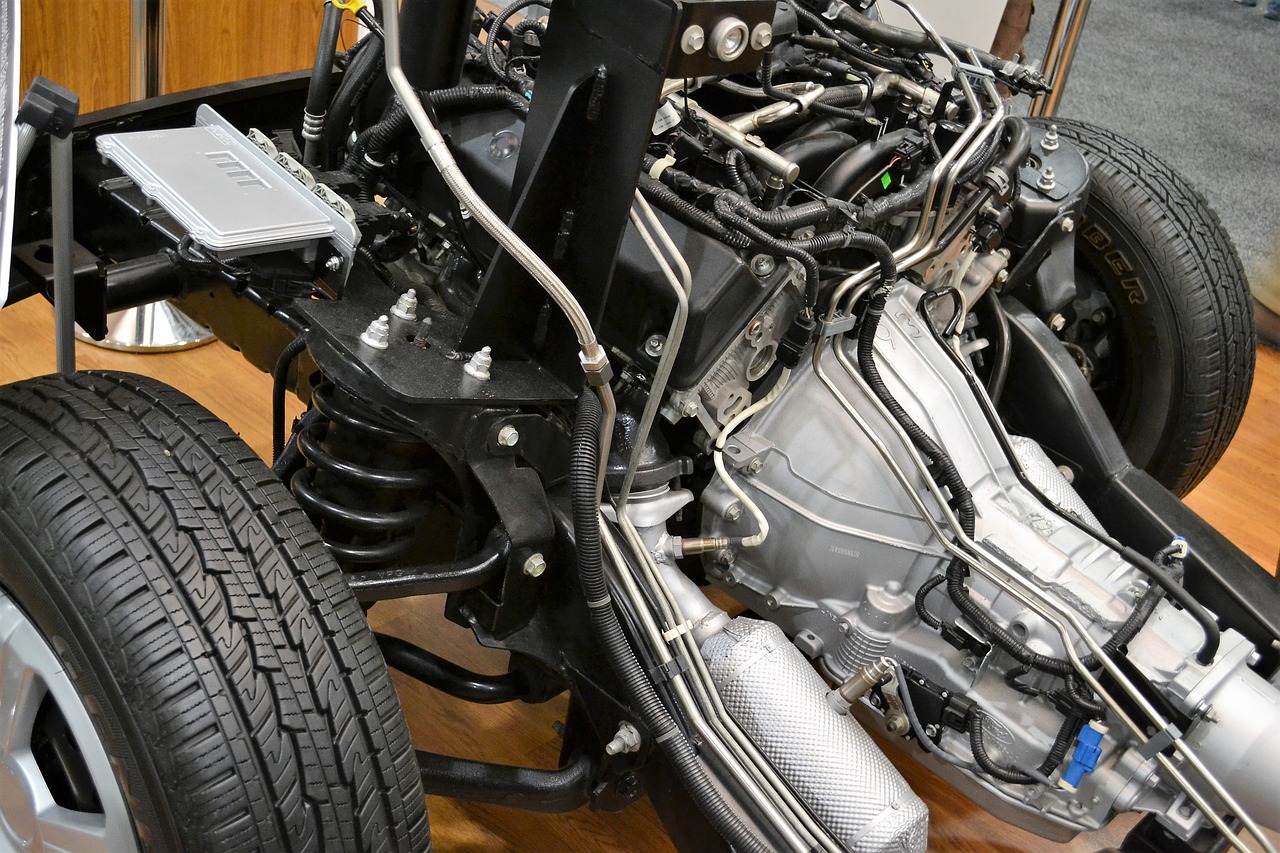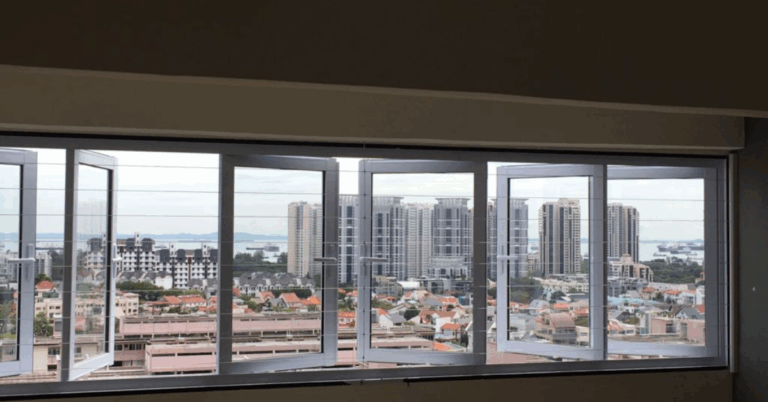Green Retrofitting of Existing Infrastructure: Case Studies
all panel mahadev, lotusbhai, allpaanel. com login: Green retrofitting of existing infrastructure is becoming an increasingly popular way to improve the sustainability and energy efficiency of buildings and facilities. By upgrading and enhancing the systems and materials of older structures, we can reduce energy consumption, lower operating costs, and minimize environmental impact. In this article, we will explore several case studies that showcase the benefits and possibilities of green retrofitting.
**Case Study 1: Empire State Building, New York City**
The Empire State Building in New York City is a classic example of how green retrofitting can transform a historic structure into a modern, sustainable building. In 2009, the owners of the Empire State Building embarked on a major renovation project aimed at reducing energy consumption and carbon emissions. The retrofit included upgrades such as the installation of energy-efficient windows, lighting, and HVAC systems, as well as the implementation of green roofs and solar panels.
As a result of these improvements, the Empire State Building has achieved LEED Gold certification and has significantly reduced its energy usage. The retrofit has also led to substantial cost savings for the building owners, demonstrating that green renovation can be both environmentally friendly and economically beneficial.
**Case Study 2: The Pearl Brewery, San Antonio**
The Pearl Brewery in San Antonio, Texas, is another excellent example of successful green retrofitting. Originally built in the late 1800s, the brewery was abandoned for several years before being transformed into a mixed-use development featuring offices, retail spaces, and residential units. The renovation of the Pearl Brewery included the integration of energy-efficient appliances, sustainable materials, and a comprehensive recycling program.
As a result of these upgrades, the Pearl Brewery has become a model of sustainable urban development. The project has revitalized a historic area of San Antonio, bringing new life and economic opportunities to the community. By showcasing the potential of green retrofitting, the Pearl Brewery demonstrates how existing infrastructure can be transformed into thriving, environmentally friendly spaces.
**Case Study 3: The Bullitt Center, Seattle**
The Bullitt Center in Seattle, Washington, is often referred to as the greenest commercial building in the world. Designed to meet the stringent requirements of the Living Building Challenge, the Bullitt Center is a showcase of sustainable design and green building practices. The six-story structure features a host of energy-efficient technologies, including solar panels, rainwater harvesting systems, and natural ventilation.
The Bullitt Center has set a new standard for green retrofitting, proving that it is possible to create ultra-sustainable buildings that operate entirely on renewable energy sources. By pushing the boundaries of sustainable design, the Bullitt Center serves as a beacon of innovation and inspiration for the construction industry.
**Case Study 4: The CopenHill Waste-to-Energy Plant, Copenhagen**
The CopenHill Waste-to-Energy Plant in Copenhagen, Denmark, is a prime example of how green retrofitting can be applied to industrial infrastructure. The plant, which processes waste from the city into energy, has been transformed into a sustainable power plant and recreational facility. The retrofit of the CopenHill plant included the addition of a ski slope on the roof, as well as green spaces and public amenities.
The CopenHill Waste-to-Energy Plant demonstrates how industrial facilities can be repurposed and upgraded to enhance sustainability and benefit the community. By combining energy generation with recreational activities, the plant has become a popular destination for locals and tourists alike.
**FAQs**
1. What is green retrofitting?
Green retrofitting is the process of upgrading existing buildings and infrastructure to be more energy-efficient and environmentally friendly.
2. What are the benefits of green retrofitting?
Green retrofitting can reduce energy consumption, lower operating costs, and minimize environmental impact. It can also improve the comfort and quality of indoor spaces.
3. How long does a green retrofitting project typically take?
The duration of a green retrofitting project can vary depending on the size and complexity of the building or infrastructure being renovated. In general, it can take several months to a few years to complete.
4. How can I finance a green retrofitting project?
There are various financing options available for green retrofitting projects, including tax incentives, grants, and low-interest loans. Additionally, some utility companies offer rebates for energy-efficient upgrades.
5. Is green retrofitting cost-effective?
While green retrofitting may require an initial investment, the long-term cost savings from reduced energy consumption and maintenance expenses can often offset the upfront costs. Additionally, the environmental benefits of green retrofitting can have long-lasting positive impacts.
In conclusion, green retrofitting of existing infrastructure offers a sustainable and cost-effective way to improve the environmental performance of buildings and facilities. The case studies highlighted in this article demonstrate the transformative power of green renovation and the potential for creating greener, more resilient communities. By embracing green retrofitting practices, we can pave the way for a more sustainable future.







